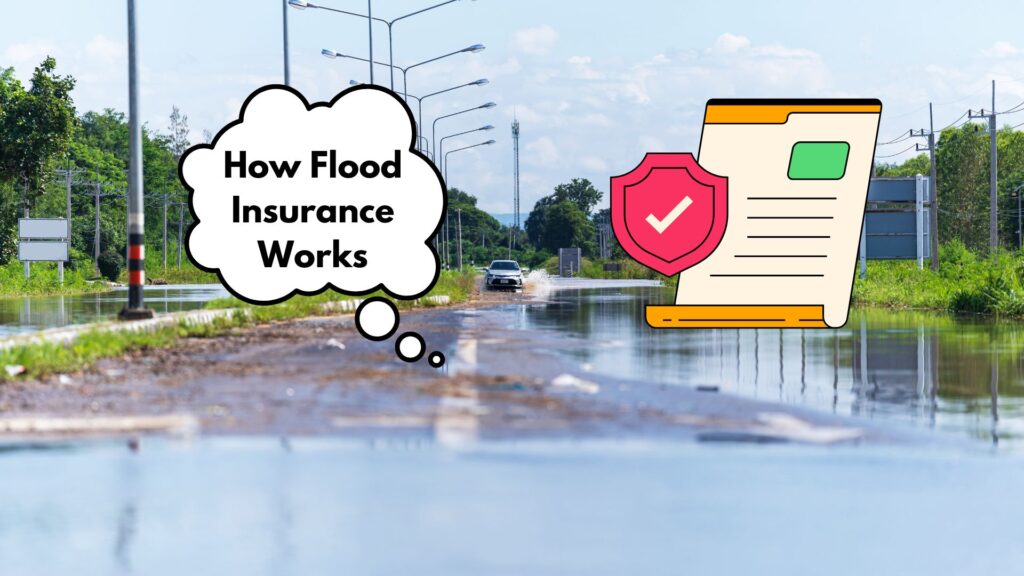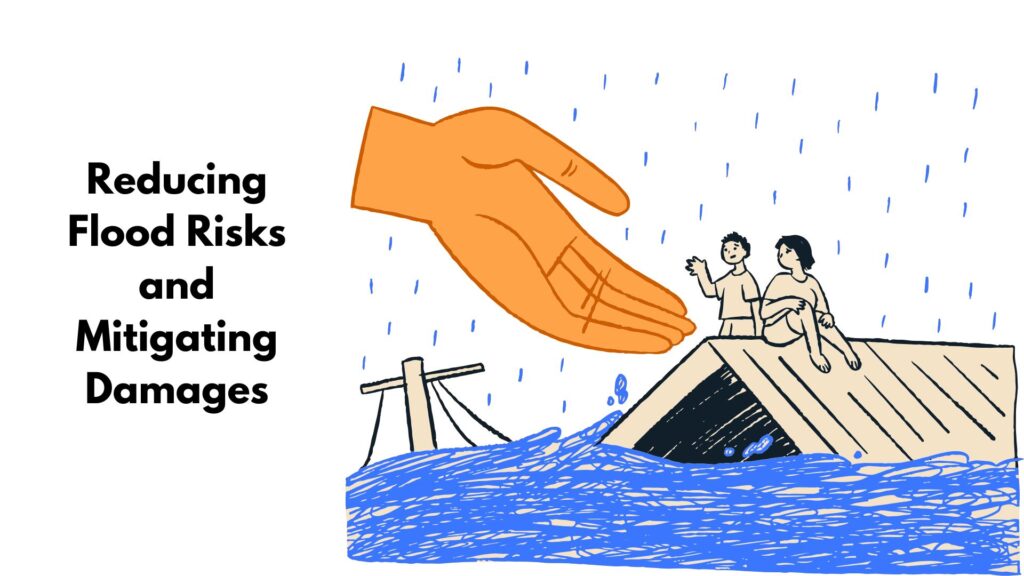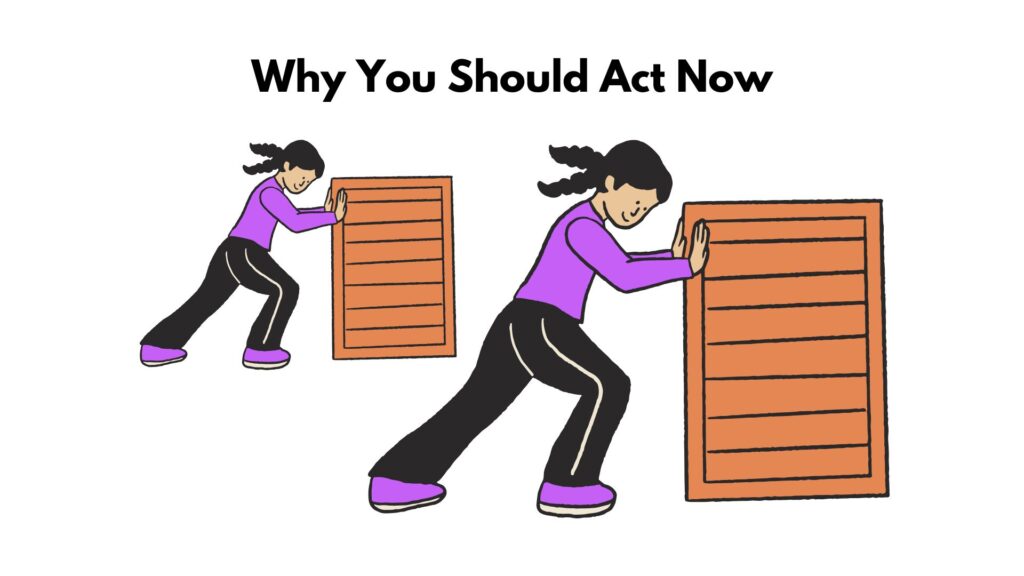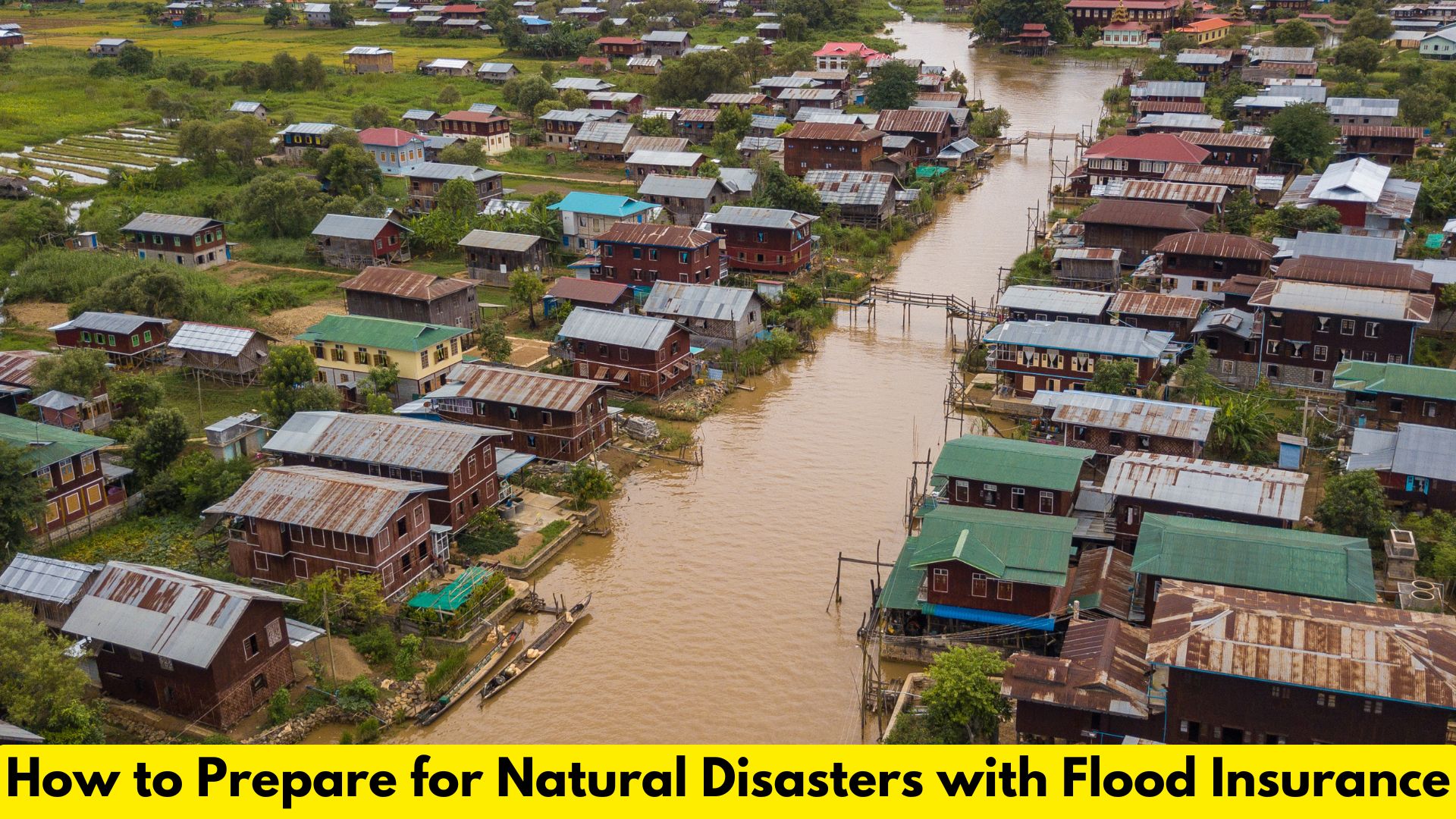How to Prepare for Natural Disasters with Flood Insurance: Natural disasters, especially floods, can wreak havoc on homes, businesses, and communities. Preparing adequately with flood insurance is a critical step to safeguard your property and ensure financial stability during uncertain times.
In this comprehensive guide, we will explore the importance of flood insurance, how it works, and steps you can take to prepare for natural disasters effectively.
Understanding the Importance of Flood Insurance
Flood insurance is a critical safeguard for homeowners, renters, and businesses, offering protection against the financial devastation caused by flooding.
Unlike standard homeowner’s insurance, which typically excludes flood-related damages, flood insurance covers structural repairs, electrical systems, plumbing, and personal belongings impacted by floods.
This is especially vital as floods are among the most common and costly natural disasters, often occurring in areas beyond designated high-risk zones. With over 20% of flood claims originating from low or moderate-risk areas, it is clear that no property is entirely immune to flooding.
Investing in flood insurance ensures financial stability and peace of mind, enabling property owners to recover and rebuild without shouldering immense out-of-pocket expenses.
Also read: How to Choose the Right Auto Insurance Policy: 8 Proven Strategy
Why Flood Insurance is Essential
- Financial Protection: Repairing flood damage can cost thousands of dollars. Flood insurance covers structural damage, electrical systems, plumbing, and personal belongings, reducing out-of-pocket expenses.
- Wide Applicability: Flood insurance policies are available to renters, homeowners, and businesses.
- Required by Law: Properties in high-risk flood zones often require flood insurance as a condition for a mortgage.
Myths and Misconceptions
Many people believe that floods only affect high-risk areas. However, over 20% of flood insurance claims come from properties outside designated high-risk zones. Having flood insurance is prudent no matter where you live.
How Flood Insurance Works

Flood insurance provides specialized coverage to protect against damages caused by flooding, which are not covered by standard homeowner’s insurance policies.
It can be purchased through the National Flood Insurance Program (NFIP) or private insurance providers, offering two main types of coverage: building property coverage and personal property coverage.
Building coverage includes the structure of the home or business, such as walls, foundations, electrical and plumbing systems, and built-in appliances. Personal property coverage, on the other hand, protects belongings like furniture, clothing, and electronics.
Policies have defined limits, typically capped at $250,000 for residential structures and $100,000 for personal belongings under NFIP.
However, certain items, such as landscaping and temporary housing, are excluded. Premiums vary based on location, property elevation, and risk factors.
Importantly, most flood insurance policies require a 30-day waiting period before taking effect, making early enrollment essential for comprehensive protection.
Coverage Options
- Building Property Coverage:
- Covers the physical structure of your home or business.
- Includes foundation, walls, electrical and plumbing systems, HVAC, and built-in appliances.
- Coverage limit typically capped at $250,000 for residential properties under NFIP policies.
- Personal Property Coverage:
- Covers personal belongings such as furniture, electronics, and clothing.
- Coverage limit generally up to $100,000 for residential properties.
- Commercial Policies:
- Broader coverage tailored to businesses, with higher limits.
What’s Not Covered
Flood insurance does not cover:
- Temporary housing or living expenses.
- Damage caused by moisture or mold unrelated to a covered flood.
- Property outside the insured building, like fences or landscaping.
Steps to Prepare for Flooding and Secure Flood Insurance
1. Assess Your Flood Risk
Understanding your flood risk is the first step. Utilize tools like FEMA’s Flood Map Service Center to determine whether your property lies in a high-risk zone.
2. Purchase Flood Insurance Early
There is typically a 30-day waiting period before a flood insurance policy becomes active. Do not wait until a storm is forecasted to secure coverage.
3. Document Your Property
Maintain a detailed inventory of your belongings, complete with photographs, receipts, and serial numbers. This helps streamline the claims process after a disaster.
Reducing Flood Risks and Mitigating Damages

Proactive measures can significantly reduce flood risks and limit damage to your property. Elevating appliances, electrical outlets, and HVAC systems above expected flood levels can protect essential systems.
Installing flood barriers like sandbags or water gates can prevent water intrusion, while sealing foundation cracks reduces seepage. Maintaining proper drainage by clearing gutters and using sump pumps also helps keep water away from your home.
These steps not only minimize the impact of flooding but can also lower insurance premiums and provide peace of mind during heavy rains.
1. Elevate Your Property
- Raise electrical outlets, appliances, and HVAC systems above flood levels.
- Use water-resistant materials for flooring and walls in flood-prone areas.
2. Install Flood Barriers
- Sandbags and flood gates can prevent water from entering your property.
- Sealing cracks in foundations and walls reduces water infiltration.
3. Maintain Proper Drainage
- Clear gutters and drains regularly to ensure water flows away from your home.
- Install sump pumps to prevent basement flooding.
Filing a Flood Insurance Claim
Filing a flood insurance claim is a critical step in recovering from flood damage. Start by notifying your insurance provider immediately and providing your policy details.
Document the damage thoroughly with photographs and a list of affected items before beginning any cleanup. An insurance adjuster will assess the damage, so be prepared to share your documentation during the inspection.
Timely communication and accurate records can help expedite the claims process, ensuring you receive the compensation needed to repair and restore your property.
1. Notify Your Insurer
Contact your insurance provider immediately after the flood. Provide your policy number and details about the damage.
2. Document the Damage
Photograph affected areas before starting cleanup. This documentation supports your claim and ensures accurate compensation.
3. Work with an Adjuster
An insurance adjuster will inspect your property to assess the extent of the damage. Be present during the inspection and provide all necessary information.
Understanding Flood Insurance Costs
Flood insurance premiums vary based on:
- Location: Properties in high-risk zones have higher premiums.
- Property Elevation: Homes elevated above base flood levels often qualify for discounts.
- Coverage Limits: Higher coverage amounts lead to higher premiums.
- Deductibles: Choosing a higher deductible reduces premium costs but increases out-of-pocket expenses.
Why You Should Act Now

Floods are unpredictable, often striking with little to no warning, and their aftermath can be financially and emotionally overwhelming.
Waiting until a flood warning is issued to consider flood insurance is risky, as most policies require a 30-day waiting period before coverage begins.
Acting now ensures your home, belongings, and finances are protected when disaster strikes. With climate change increasing the frequency and severity of flooding, even properties outside high-risk zones are vulnerable.
Proactive measures, like securing flood insurance and implementing preventive strategies, not only safeguard your assets but also provide peace of mind. Don’t delay—take the necessary steps today to protect your future.
Conclusion
Floods are unpredictable and can cause devastating damage to homes and businesses. Preparing with flood insurance is not just a financial decision—it’s a step toward securing your peace of mind and protecting your most valuable assets.
By understanding your flood risk, investing in the right coverage, and taking proactive mitigation measures, you can minimize potential losses and recover more quickly after a disaster.
Don’t wait for the next storm to strike—act now to ensure you’re prepared for whatever nature brings your way.
FAQs: Prepare for Natural Disasters with Flood Insurance
1. What does flood insurance cover?
Flood insurance typically covers structural damage to your home, electrical and plumbing systems, appliances, and personal belongings like furniture and electronics. However, it does not cover temporary housing, landscaping, or moisture-related damages not caused by a flood.
2. Do I need flood insurance if I’m not in a high-risk area?
Yes, floods can occur anywhere. In fact, over 20% of flood claims come from properties outside high-risk flood zones. It’s always a wise precaution to have coverage.
3. How much does flood insurance cost?
The cost depends on factors like your property’s location, elevation, and the level of coverage you choose. Homes in high-risk areas typically have higher premiums.
4. Is there a waiting period for flood insurance?
Yes, most flood insurance policies have a 30-day waiting period before coverage begins, so it’s important to purchase coverage well in advance.
5. Can I buy flood insurance directly from any insurance company?
Flood insurance is often purchased through the National Flood Insurance Program (NFIP), but some private insurers also offer policies. Check with your insurance provider for options.


I’m definitely going to share this with my friends. I appreciate the detailed information shared here. This post is really informative and provides great insights! I can’t wait to implement some of these ideas. Thanks for taking the time to put this together!